Are You A Victim Of This Destructive Golf Swing Fault? Let Me Help You Fix It Before You Tee It Up This Weekend
An overswing in golf is a destructive habit which can cost us precious shots on the golf course, but PGA Pro John Jacobs has a quick fix to get us game ready...
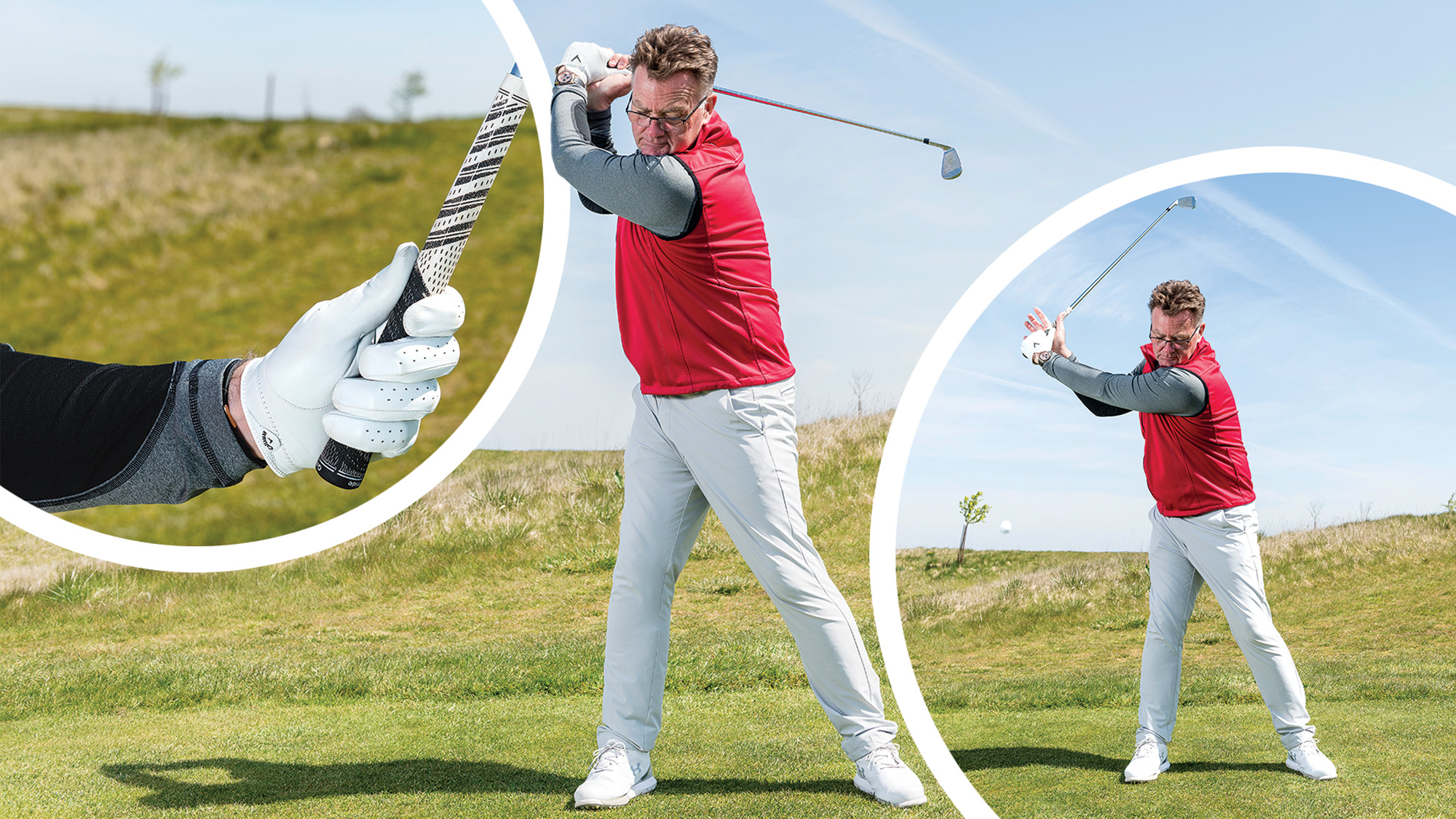
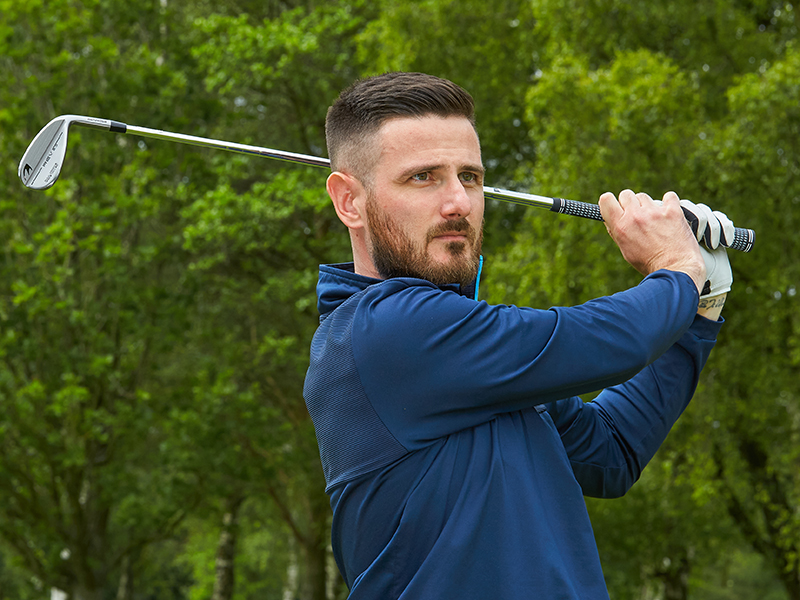
John Jacobs
An overswing is something many amateur golfers struggle with, but perhaps don't quite understand where it comes from and how destructive it can be to their game.
Learning how to stop overswinging can help to unlock untapped power, transform your ball striking and limit costly errors on the golf course.
In this article, PGA Pro and Golf Monthly Top 50 Coach John Jacobs shares the root causes and some simple strategies to cure your overswing in golf...
What is an overswing in golf?
An overswing is when you take the club too far back in the backswing, allowing it to travel past past parallel (to the ground) at the top. This causes some players to get a little steep in their swing and will almost certainly cost you in terms of distance.
Some great players in the game were famously very successful with an overswing, like two-time Major Champion John Daly, but for most amateur golfers an overswing will lead to inconsistent ball striking and erratic scoring.
Overswing In Golf: The Cause And The Cure
People who tend to overswing lose the concept of how far the club travels in the backswing and think it’s neutral at the top or going back to the right position. A good way to remedy things is to try and feel that your left arm is travelling to no further than parallel from the ground. Swinging to what you feel is a half or three-quarter backswing length will often actually get you swinging to the correct length.
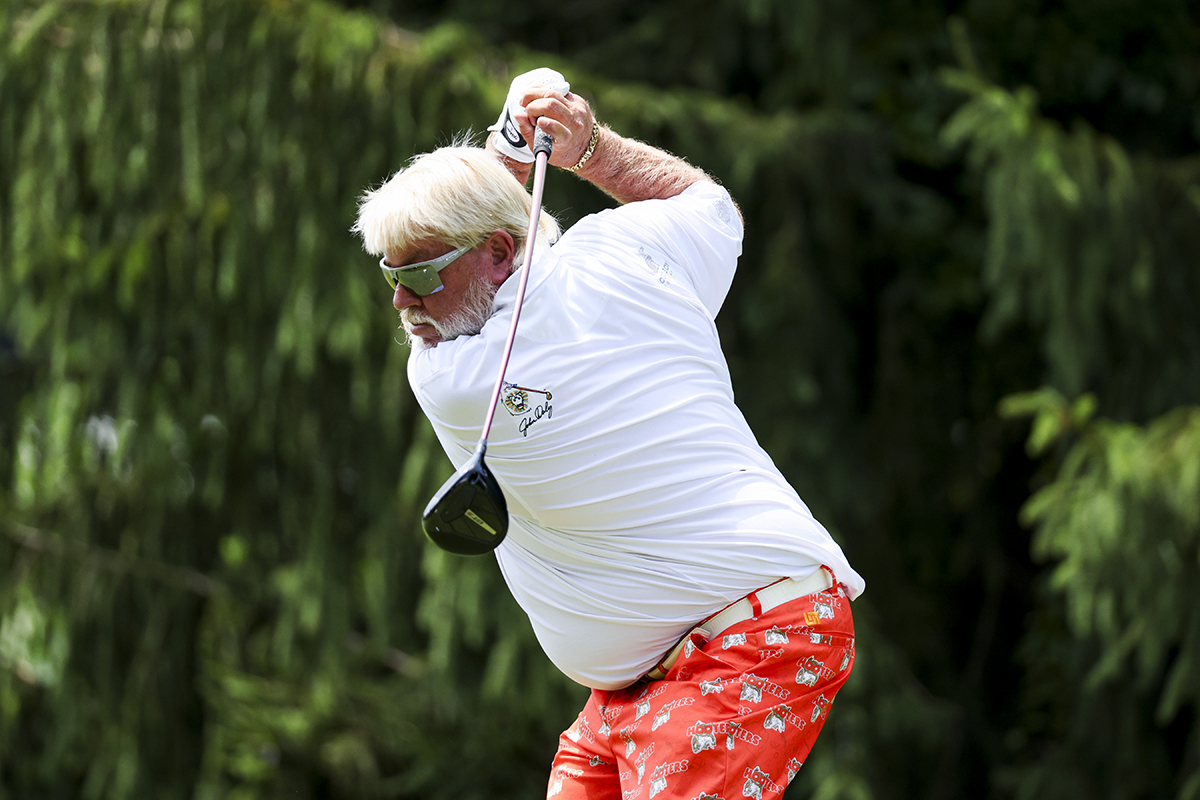
John Daly had an extremely successful career with a considerable overswing, but for many amateur golfers this characteristic leads to inconsistent ball striking
Having a poor hold on the club can also lead to an overswing. Aside from working on the perfect golf grip, one of the best things you can do is to shorten your left thumb to help support the club more. The tip of your thumb should be about half to three-quarters of an inch away from the tip of the knuckle on your forefinger. People who wear a hole in the thumb of their glove are often overswingers who have their left thumb too flat, so it just gives way at the top.
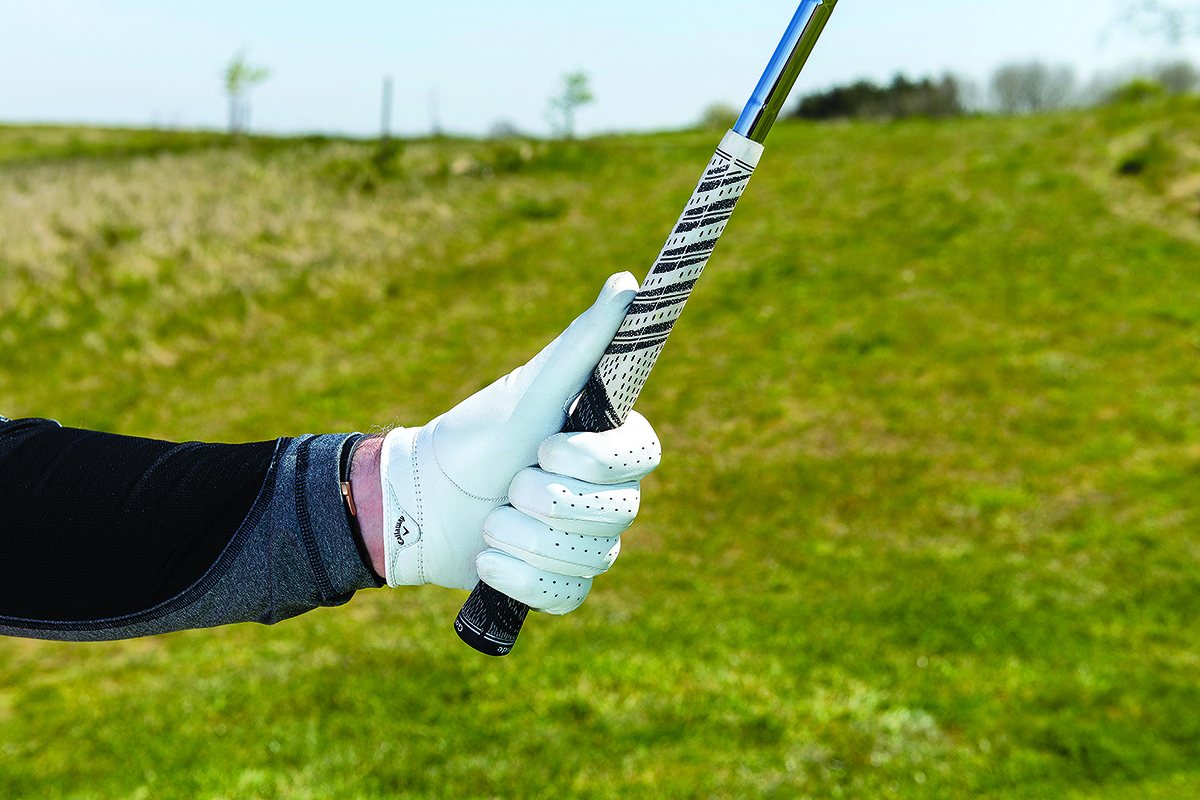
Allowing the thumb to extend too far down the grip of the club is a common fault leading to an overswing in golf
Understanding how to get a straight left arm in your golf swing is very important, as too narrow a backswing can also cause an overswing - with the left arm folding at the top rather than extending.
You need to swing as far to the right as you can without swaying your upper body. If you were to drop a golf ball from your hands as your backswing nears the top, as here, it should fall some way from your foot as you create lots of width, rather than close to it if everything is too narrow and your left arm has collapsed.
Get the Golf Monthly Newsletter
Subscribe to the Golf Monthly newsletter to stay up to date with all the latest tour news, equipment news, reviews, head-to-heads and buyer’s guides from our team of experienced experts.
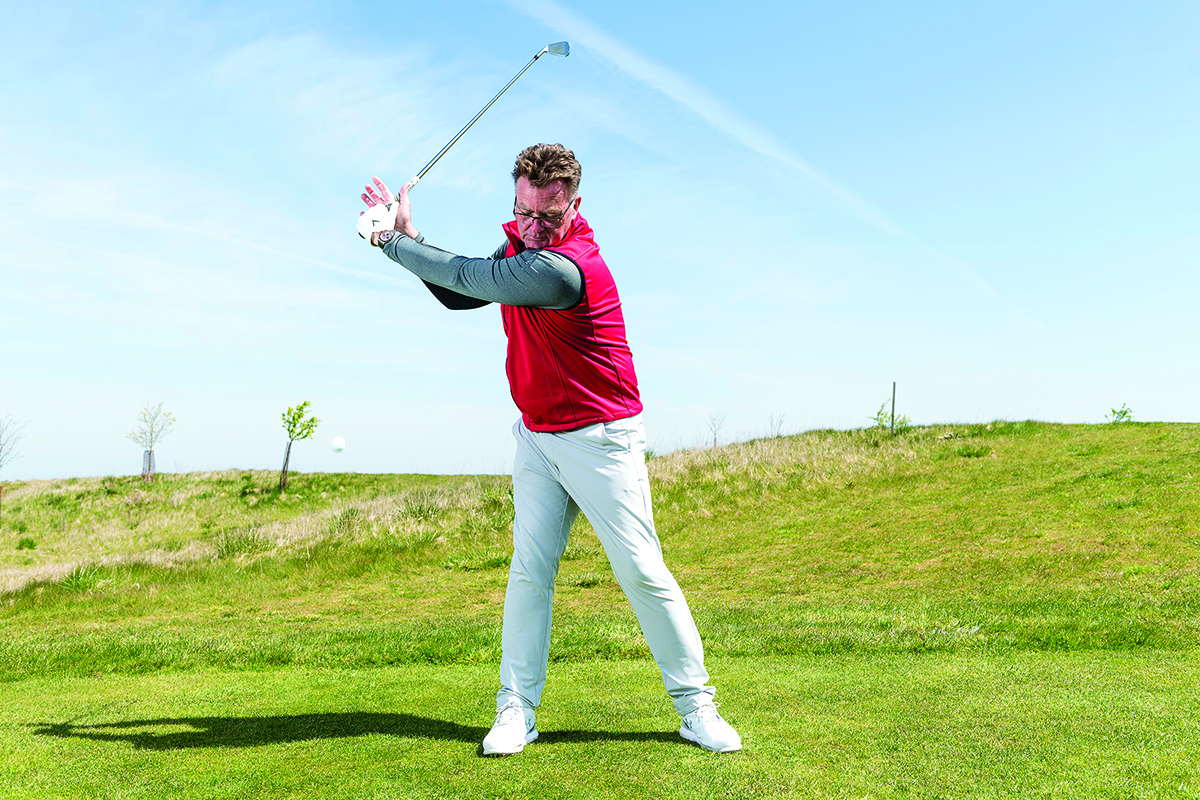
This drill can help you to feel that extra width in the backswing, aiming to drop the ball as far away from the trail foot as possible to eradicate the overswing fault of being too narrow
What does feel vs real mean in golf?
When you hear the phrase 'feel vs real' in golf, it refers to the difference between what you feel you are doing in the golf swing in comparison to what is actually happening. Understanding the difference can help to supercharge your progress, so try filming your golf swing to get a better idea of what is really happening at each stage.
As PGA Pro John Jacobs says:
"It’s all about feel rather than real. If you’re overswinging, what feels like just a half swing to you will almost certainly look like a full swing to others."

Barry joined Golf Monthly in January 2024, and now leads the instruction section across all platforms including print and digital. Working closely with Golf Monthly's Top 50 Coaches, he aims to curate and share useful tips on every aspect of the game - helping amateurs of all abilities to play better golf. A member at Sand Moor Golf Club in Leeds, he looks forward to getting out on the course at least once a week in the pursuit of a respectable handicap.
Barry is currently playing:
Driver: Benross Delta XT Driver
Hybrid: TaylorMade Stealth 4 Hybrid
Irons: Benross Delta XT 5-PW
Wedges: TaylorMade RAC 60, Callaway Jaws MD5 54
Putter: TaylorMade Spider Tour
- John JacobsTop 50 Coach
You must confirm your public display name before commenting
Please logout and then login again, you will then be prompted to enter your display name.
-
 The Fabulous County Clare Castle That's Home To One Of Ireland's Premier Golf Hotels
The Fabulous County Clare Castle That's Home To One Of Ireland's Premier Golf HotelsThe plush resort at Dromoland Castle has been enhancing its pristine parkland course of late. Kevin Markham pays a visit to see how much the course has evolved
-
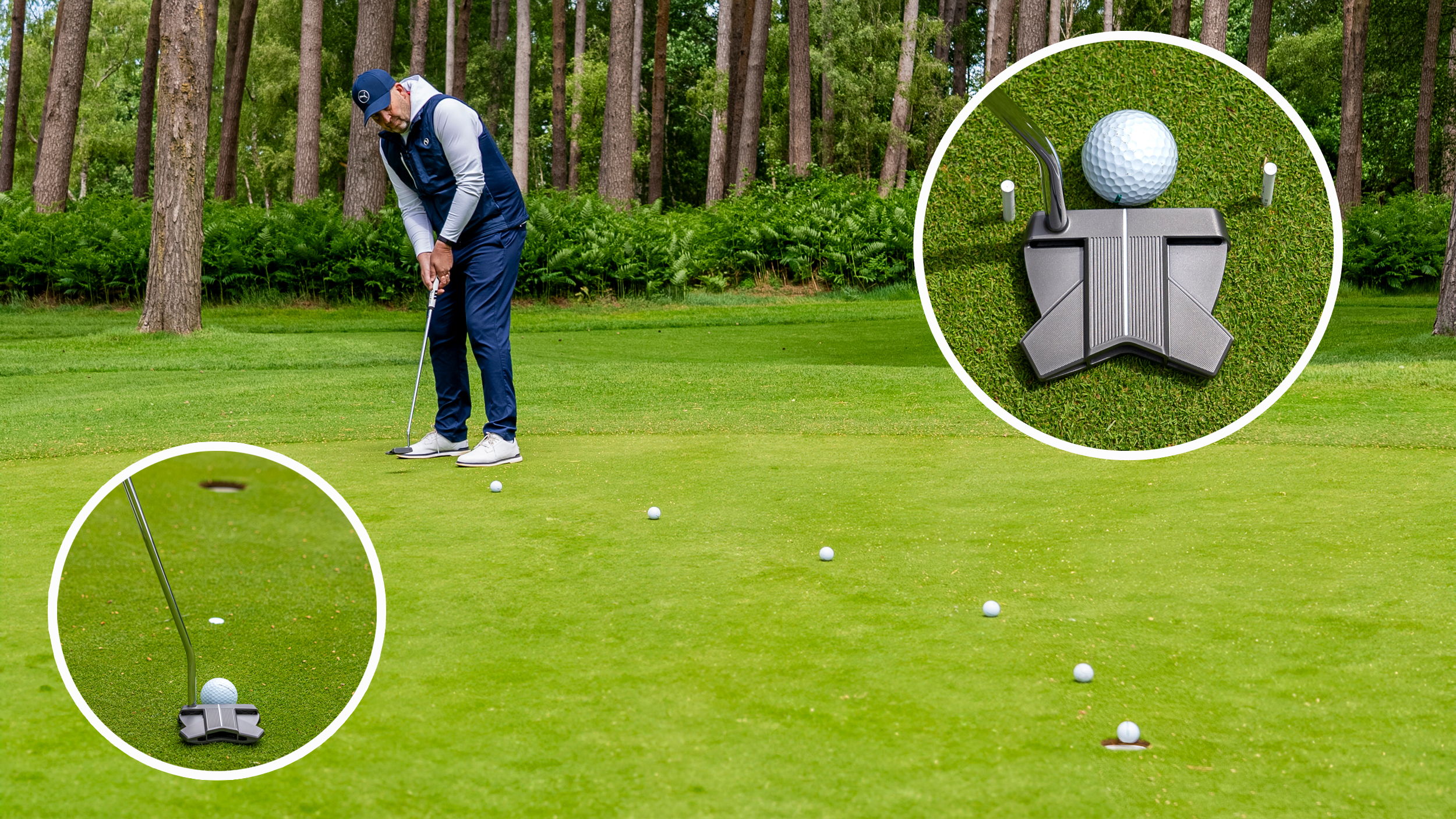 8 Things All Good Putters Do (That You Don’t)
8 Things All Good Putters Do (That You Don’t)Putting performance coach Jamie Donaldson explains the eight things the best putters do on the greens. Which one will you try the next time you're on the course?
-
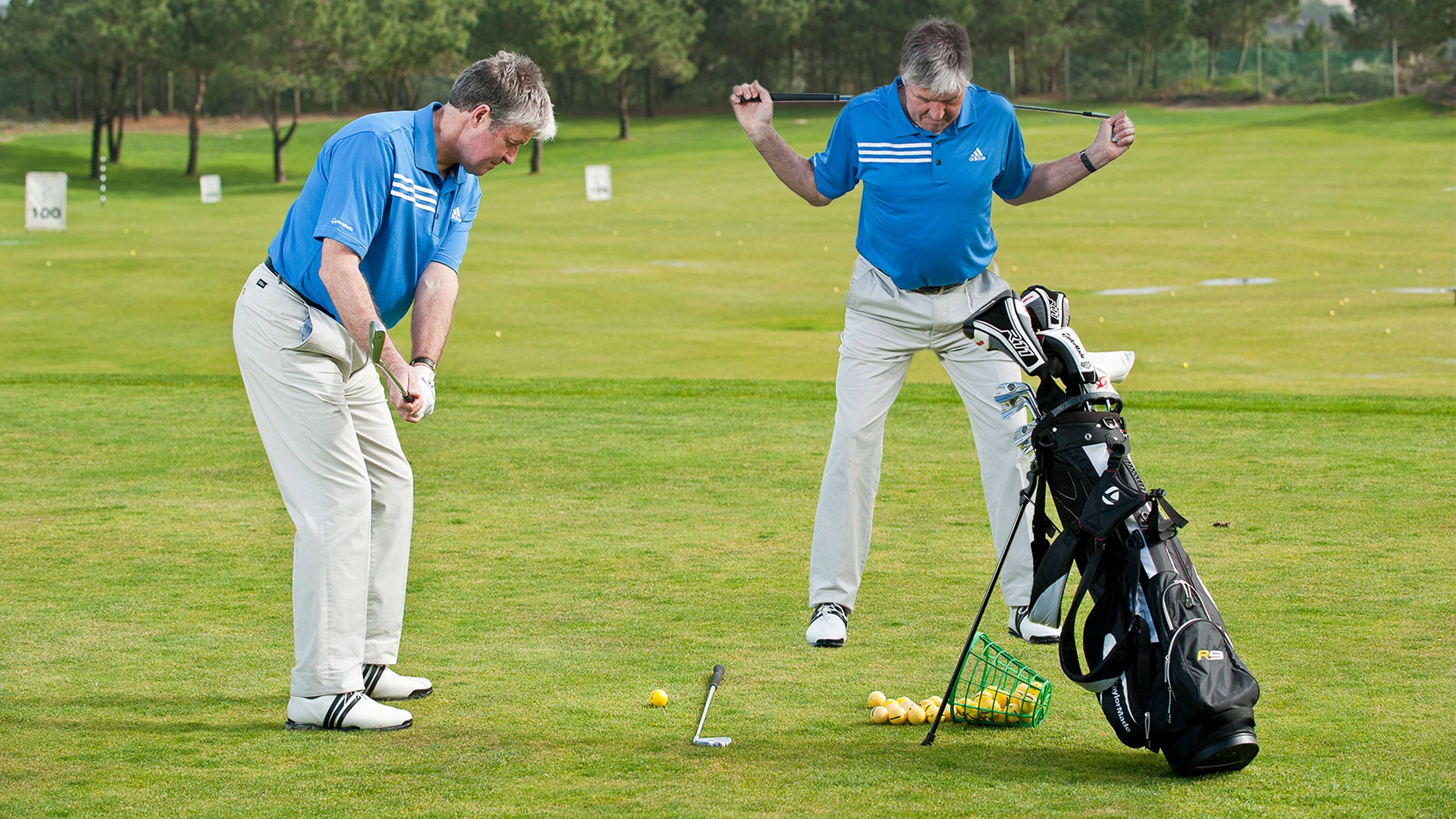 Golf Warm-Up Exercises: 5 Things Every Golfer Should Do Before Their Round
Golf Warm-Up Exercises: 5 Things Every Golfer Should Do Before Their RoundGolf warm-up exercises are crucial to improving your scoring and give you the best chance of success in competitions... but many golfers foolishly overlook them
-
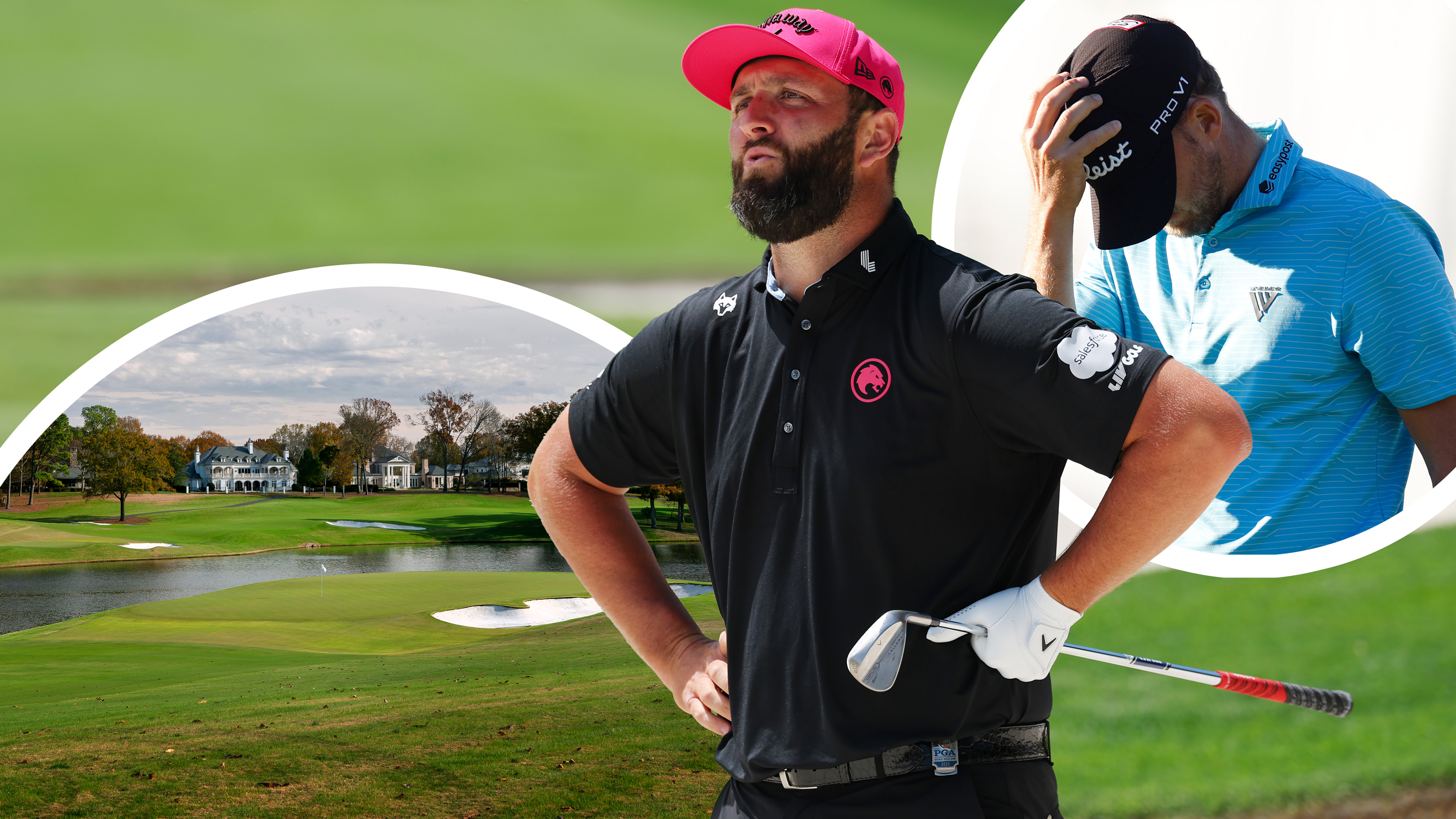 'It Sends Shivers Down My Spine' – How To Play The Scariest Shot In Golf
'It Sends Shivers Down My Spine' – How To Play The Scariest Shot In GolfThere are some golf shots that instantly strike fear into even the bravest of weekend warriors... but making three simple changes can remove that fear
-
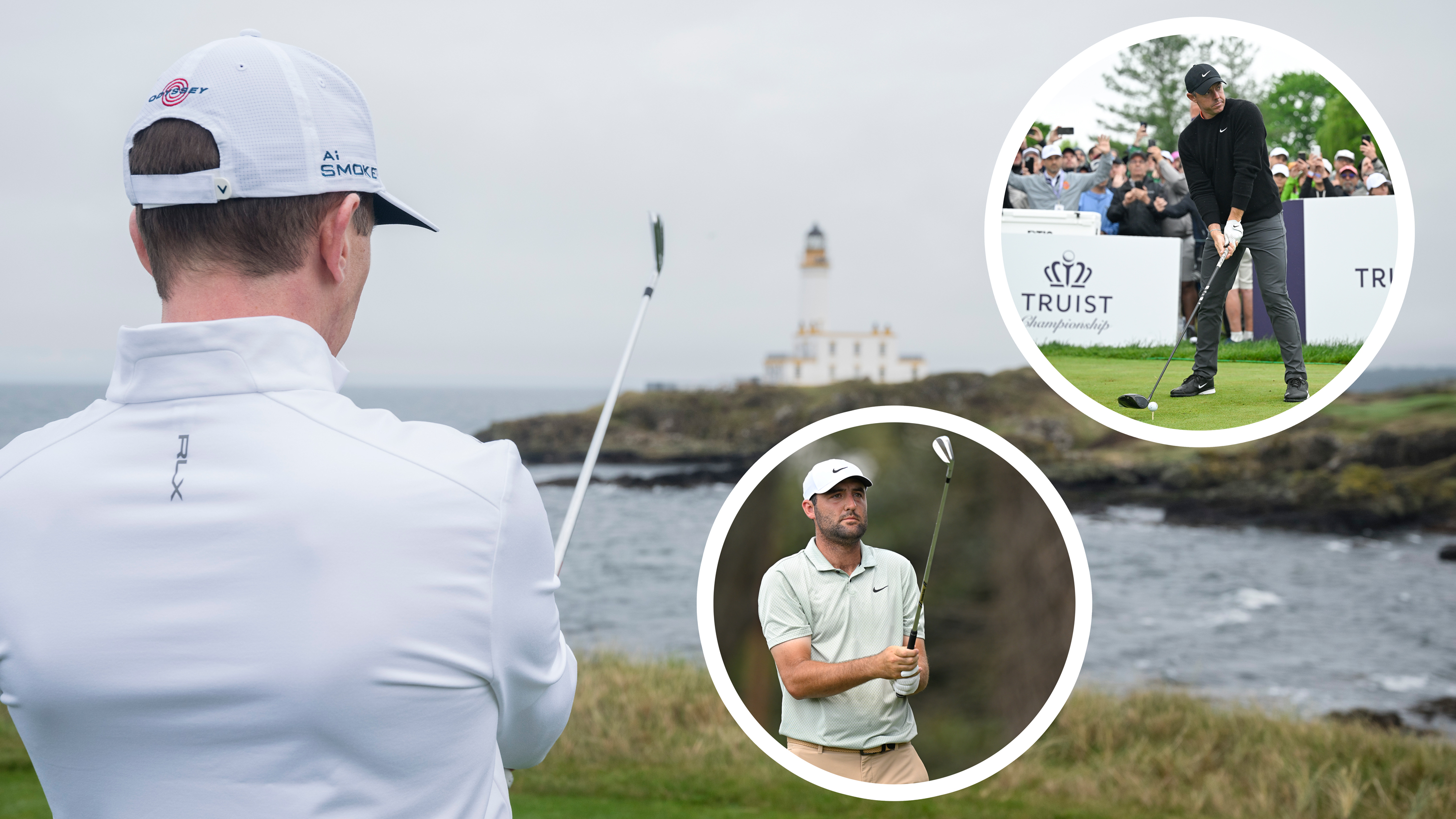 3 Things The Best Golfers In The World Do On The Tee Box (And Why You Must Copy Them)
3 Things The Best Golfers In The World Do On The Tee Box (And Why You Must Copy Them)Copying the best golfers in the world is difficult due to their elite technical ability, but every amateur golfer can do these 3 things to improve off the tee
-
 Want To Play Better Golf This Weekend? I Can Cure Your Slice In 60 Minutes...
Want To Play Better Golf This Weekend? I Can Cure Your Slice In 60 Minutes...So many amateurs are plagued with a slice, which hampers their scoring potential on the golf course. However, with my expert tips, I can cure you in 60 minutes
-
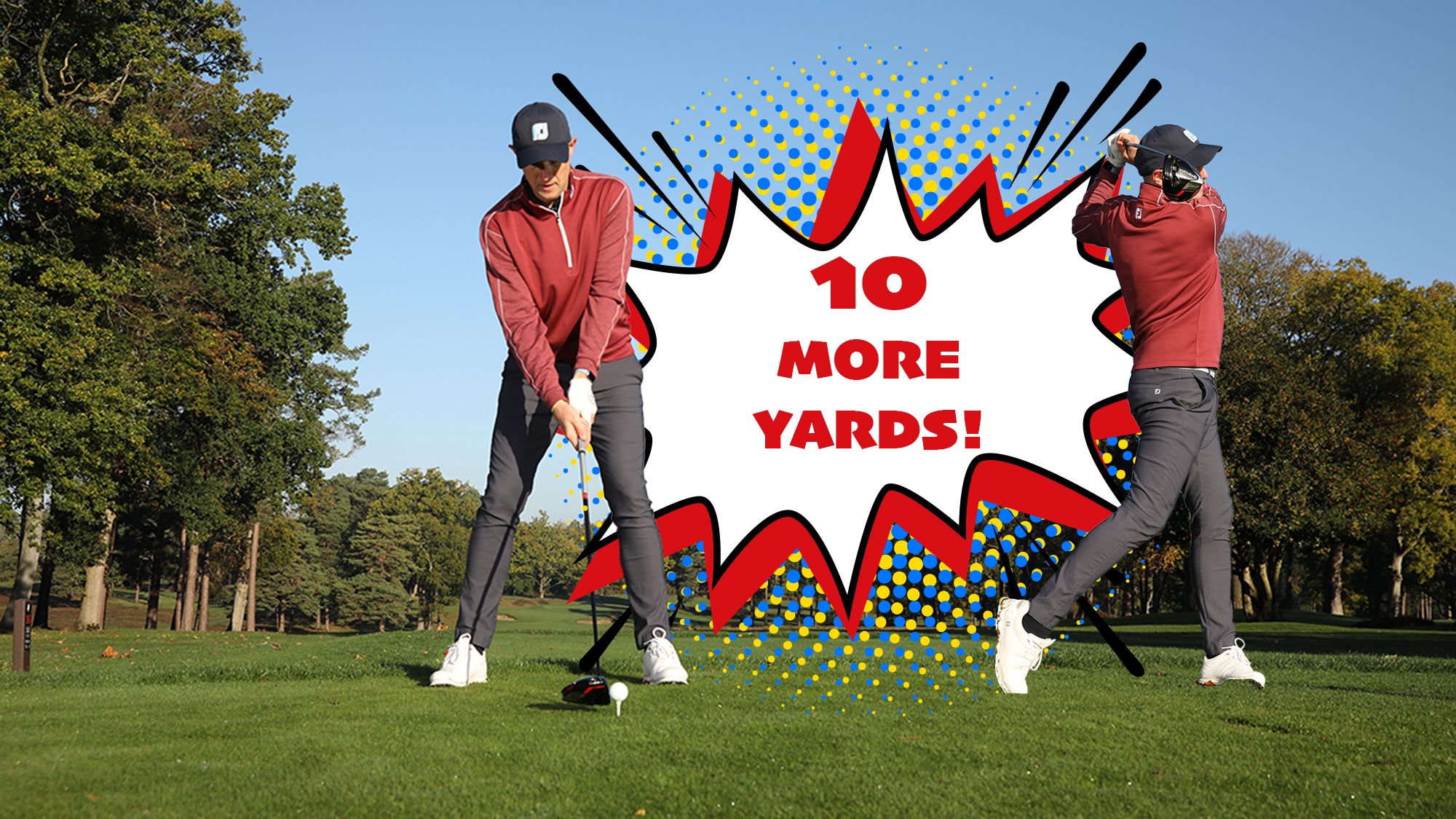 Forget Push Ups And Squats – Try 3 Simple Tips To Gain 10 Yards Off The Tee
Forget Push Ups And Squats – Try 3 Simple Tips To Gain 10 Yards Off The TeeGain 10 yards off the tee without the need for tiresome workouts and lengthy gym sessions – Top 50 Coach John Jacobs has the perfect distance-boosting formula
-
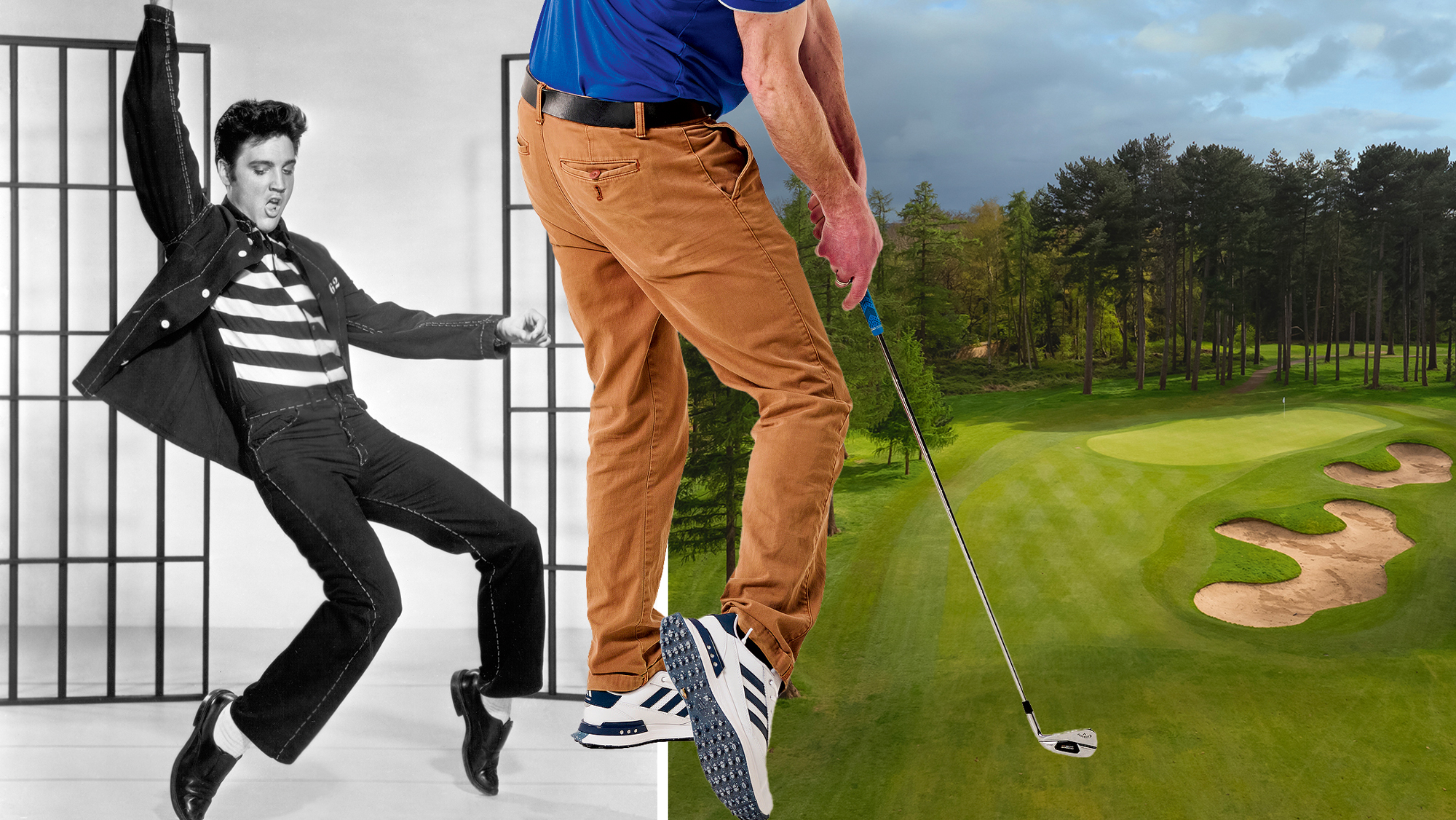 Recognise This Fault In Your Golf Swing? It's Time 'Elvis Leg' Left The Building...
Recognise This Fault In Your Golf Swing? It's Time 'Elvis Leg' Left The Building...Plenty of people try to emulate the great Elvis Presley, but doing so on the course rarely leads to success in the golf swing. Tom Motley explains...
-
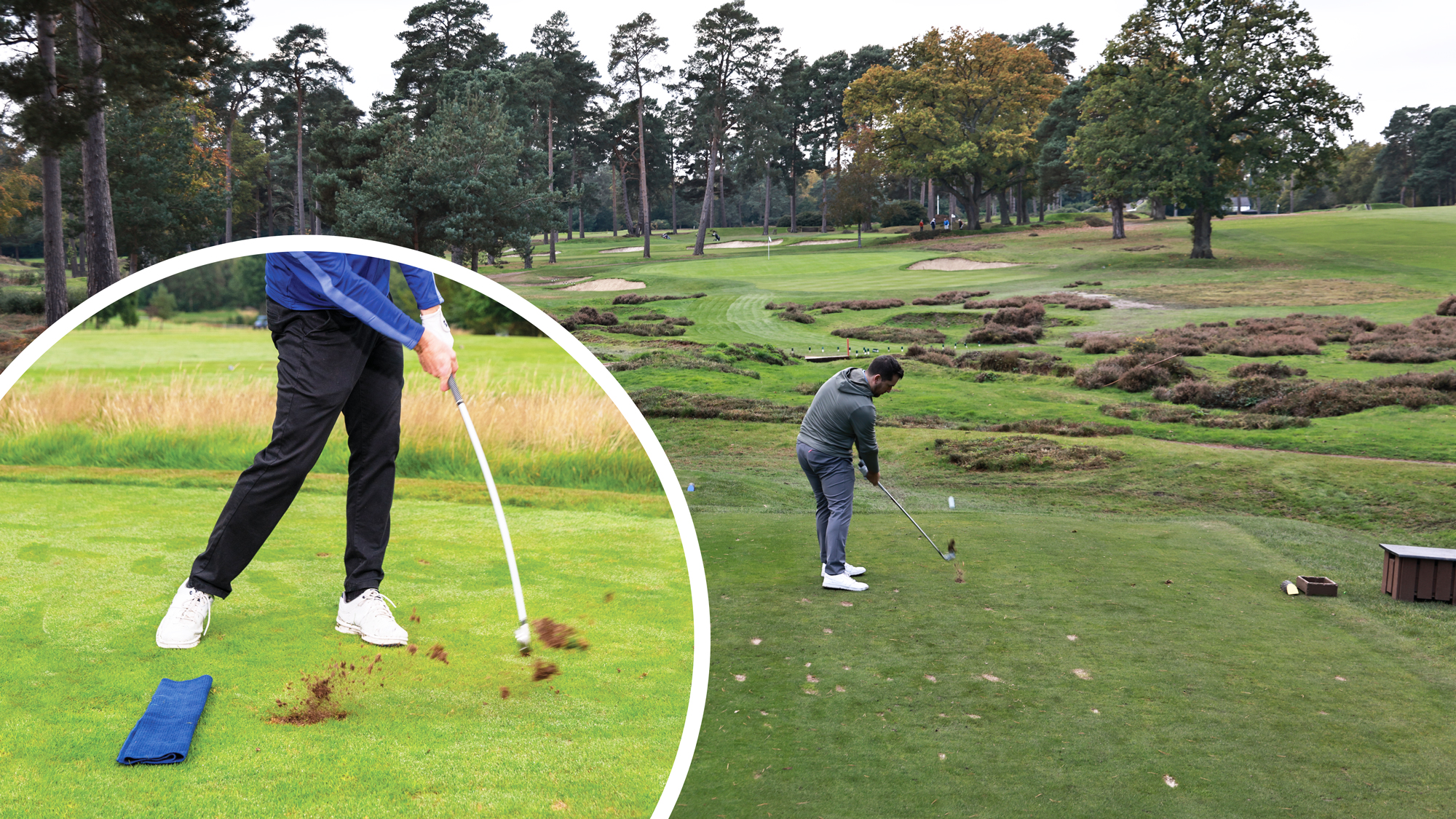 I Can Help You Strike The Golf Ball Better Than Ever Before (And All You Need Is A Towel)
I Can Help You Strike The Golf Ball Better Than Ever Before (And All You Need Is A Towel)Better ball striking and low scoring go hand in hand, but with practise time in short supply it's important to find the right drills. Grab a towel and let's go!
-
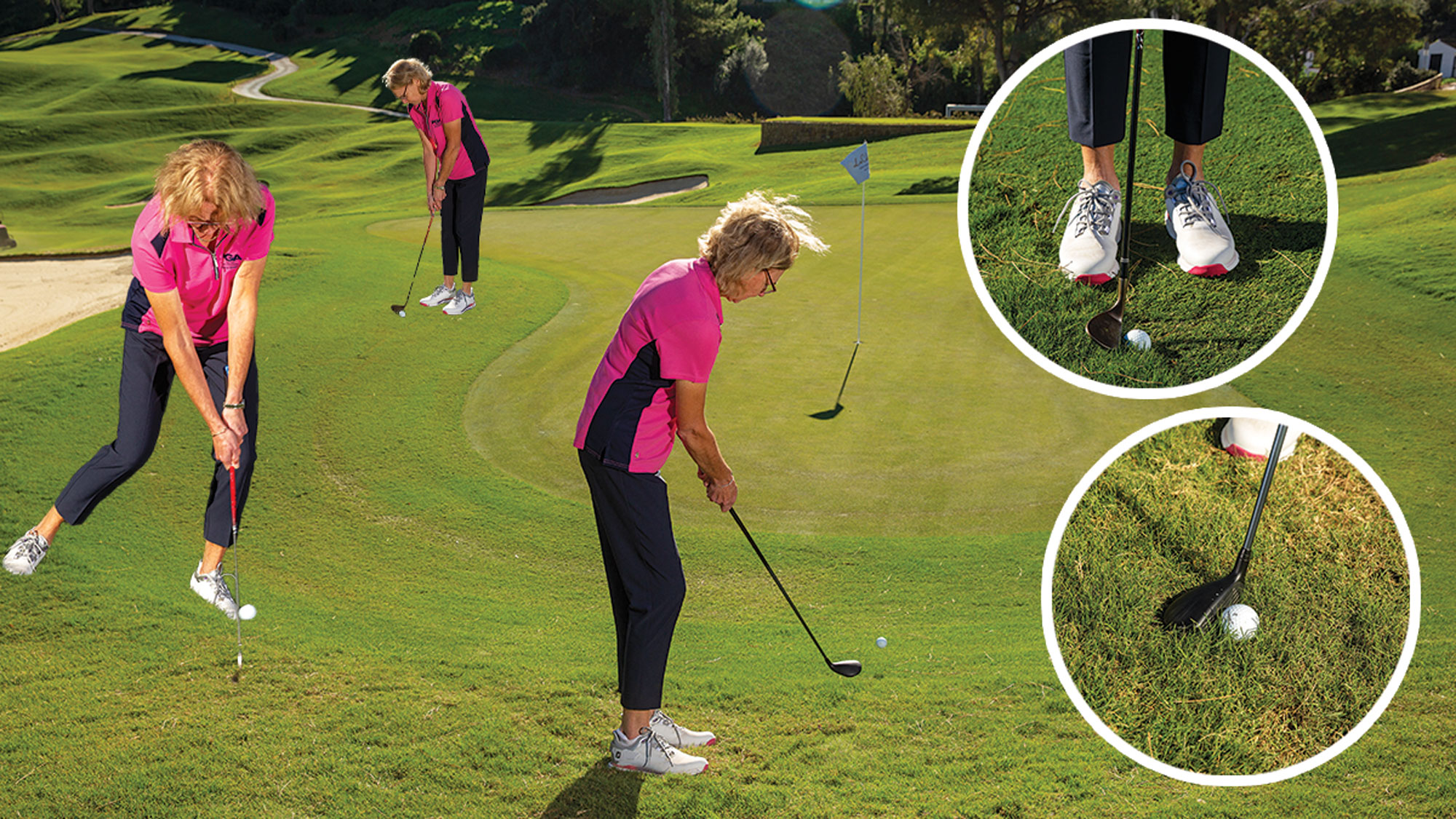 Destroying Your Scorecard Around The Green? Try My 3 Simple Shots To Get Up And Down From Anywhere
Destroying Your Scorecard Around The Green? Try My 3 Simple Shots To Get Up And Down From AnywhereSave your short game with the help of PGA Specialist Coach and Honorary Member Sarah Bennett, as she teaches you how to play three simple shots around the green